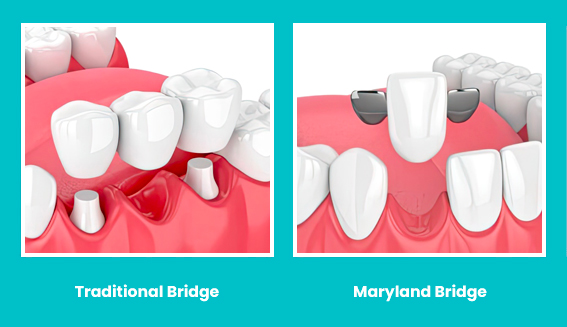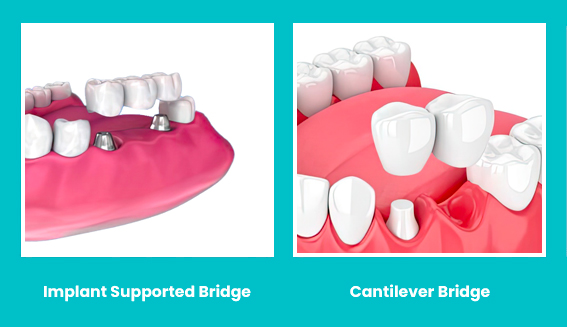When you have one or more missing teeth, then a dental bridge may be used to restore the resulting gaps. The dental bridge is basically a false tooth, beautifully created from porcelain that fills the gap and is supported by adjacent teeth or implants.
One of the most crucial skills in the placement of a dental bridge is to create the illusion that the missing tooth emerges from gum just a natural tooth.





